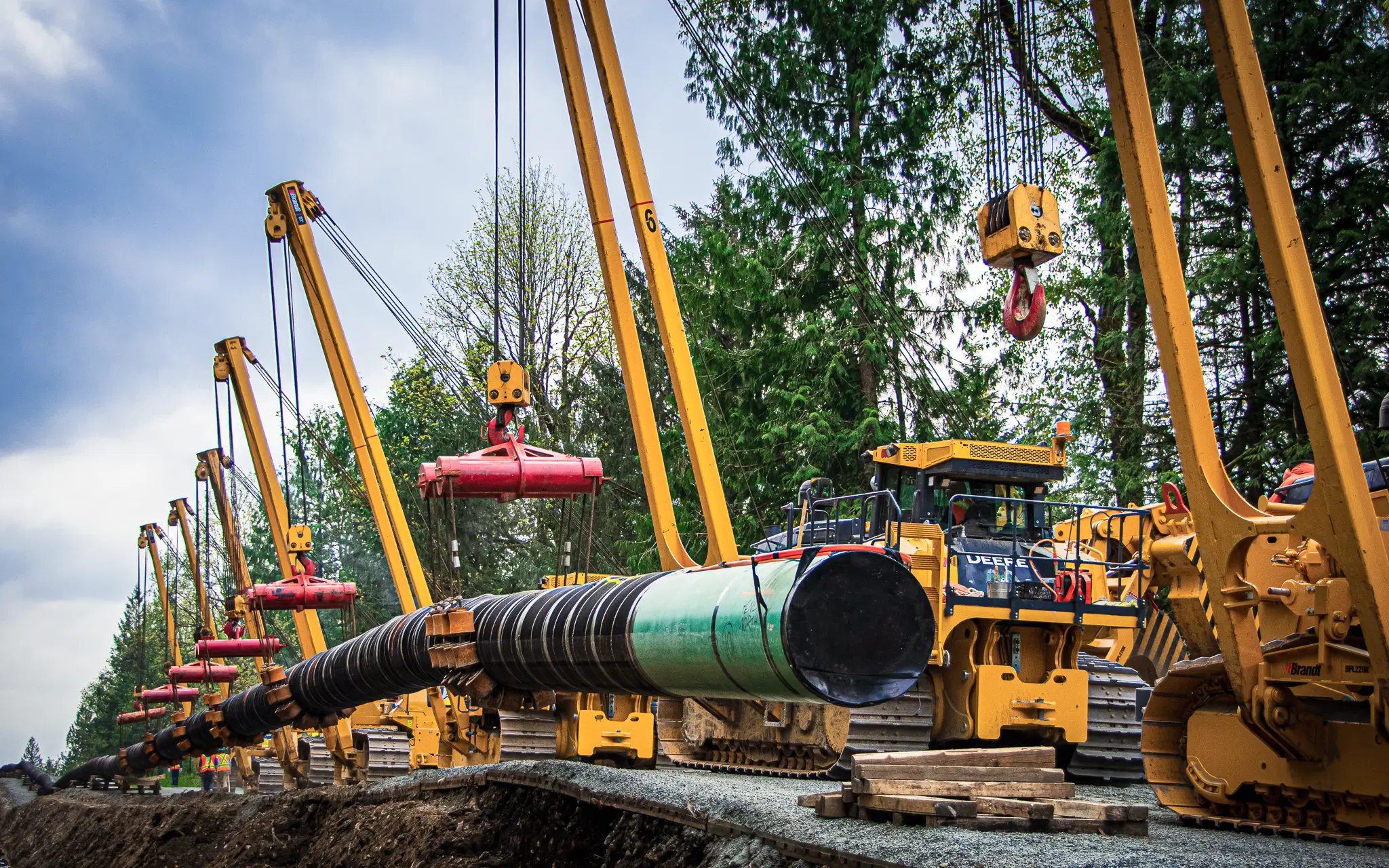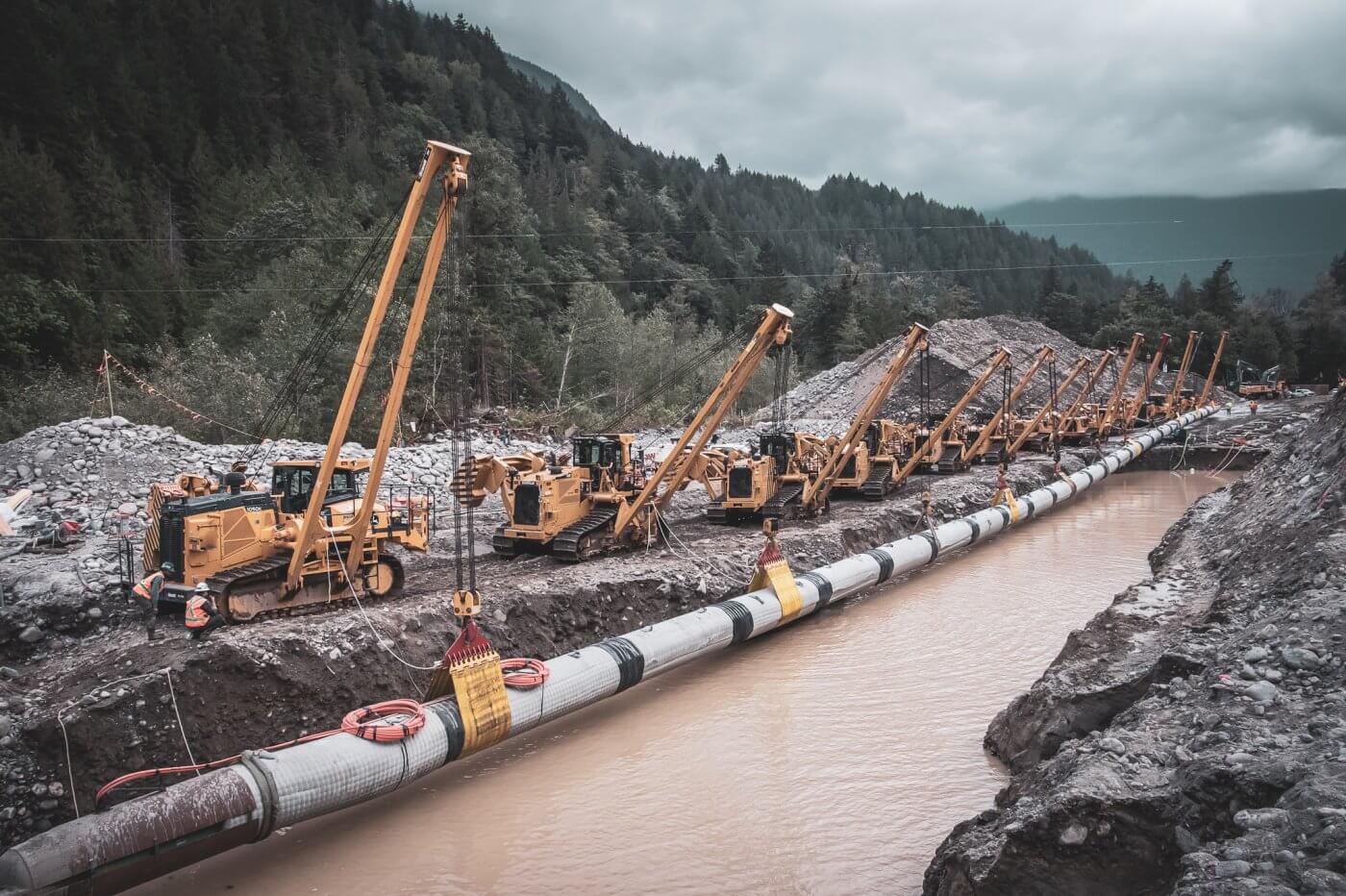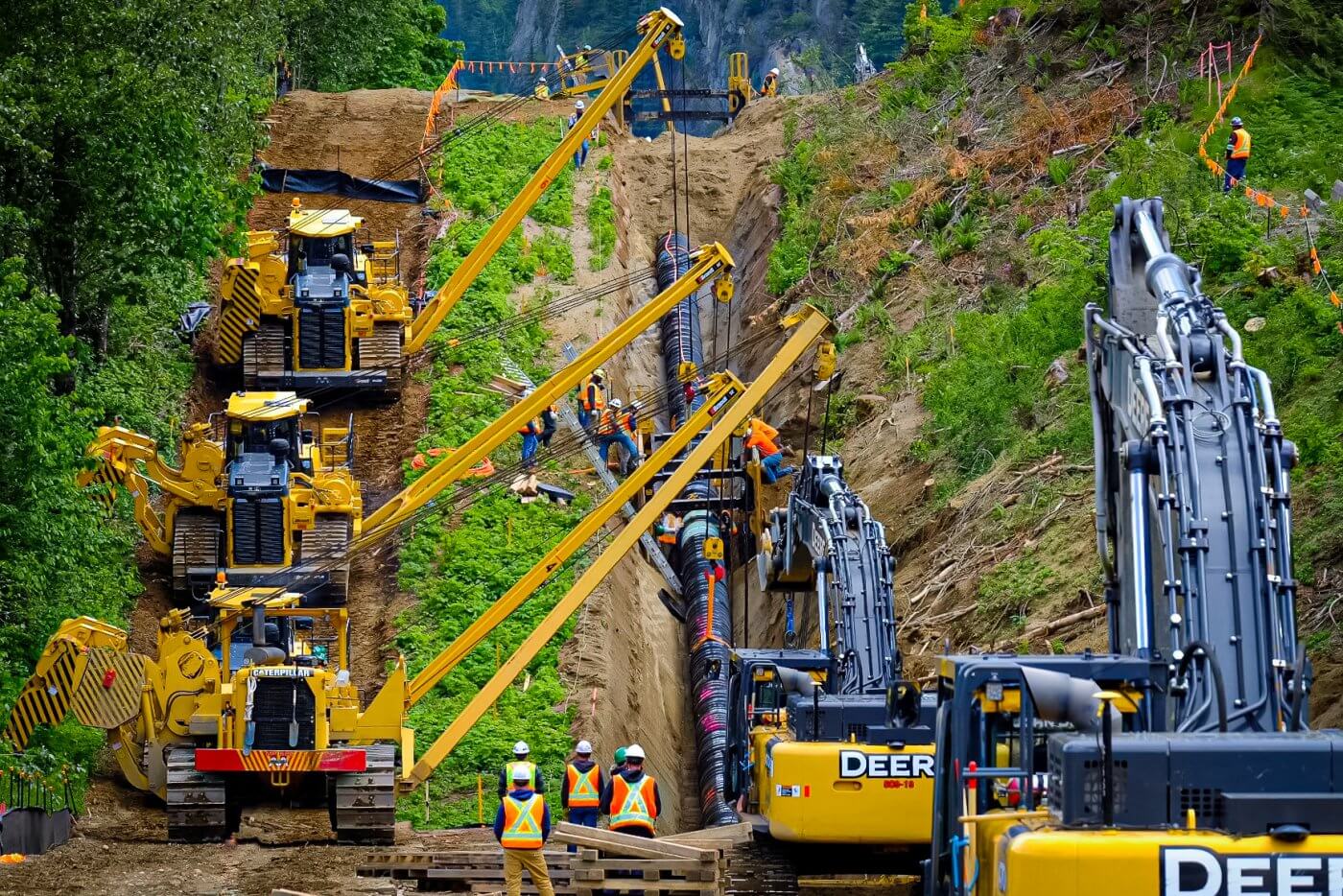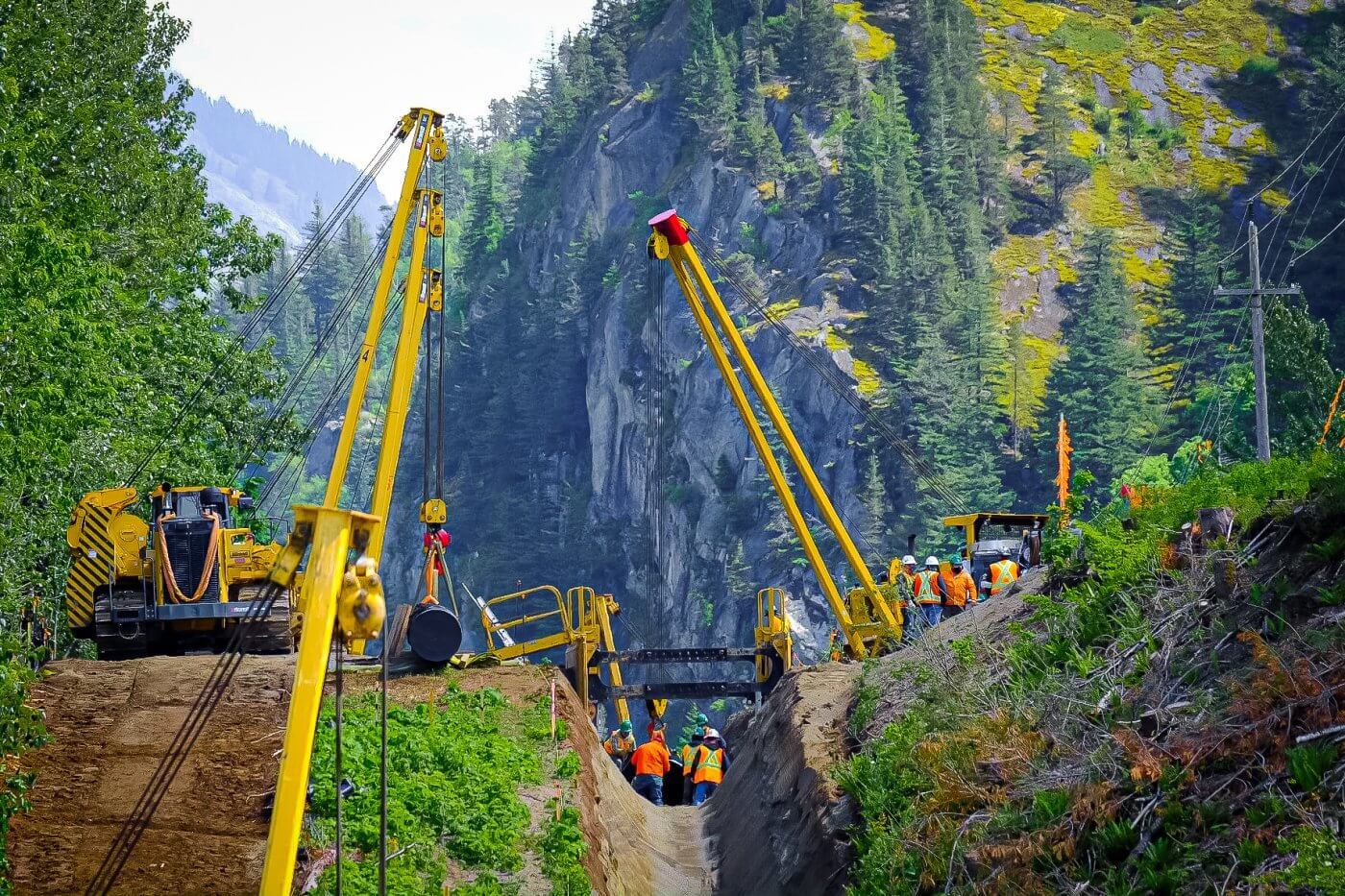A Dream Project on the Brink of Disaster
Deep in the heart of Canada’s rocky mountains, Macro Industries faced their toughest challenge yet. They had won their dream contract: helping build the massive $4 billion Trans-Mountain Pipeline.
But their dream was turning into a nightmare.
Every day brought new problems. Competitors were swooping in and taking work that should have been theirs. Millions of dollars in payments were stuck in limbo with invoicing months behind. Meanwhile equipment sat idle in the field, waiting for approvals on simple project changes. Workers were frustrated. Leaders were worried. Money was bleeding out.
The real threat wasn’t in the mountains and forests where the pipeline was being built – it was hidden in the very systems they relied on to run their business.






